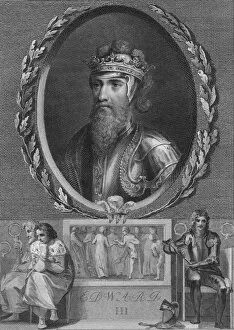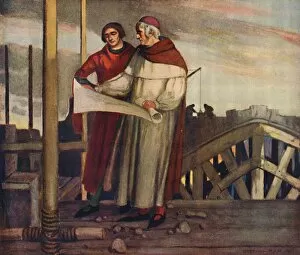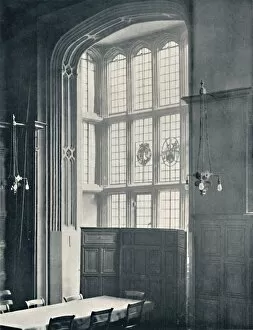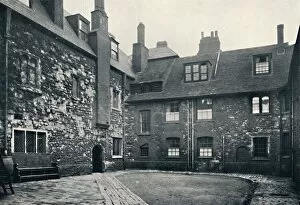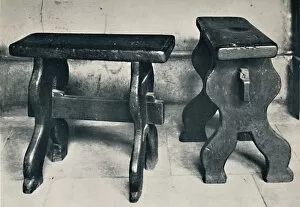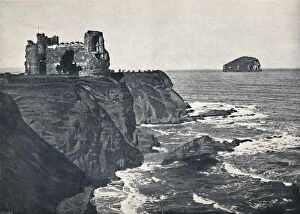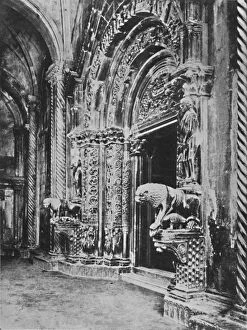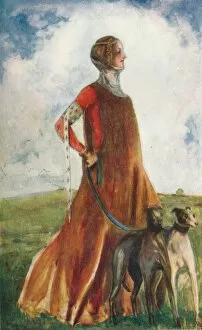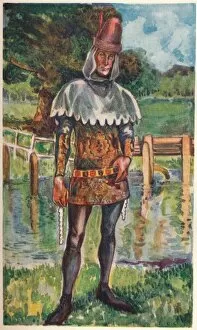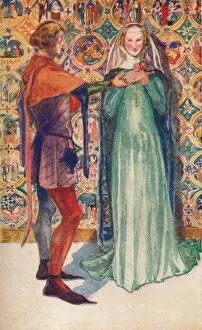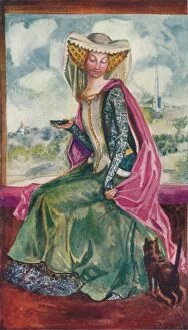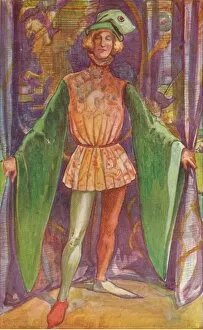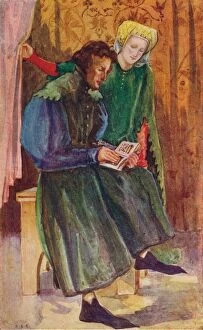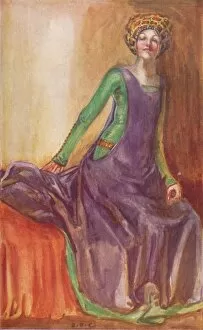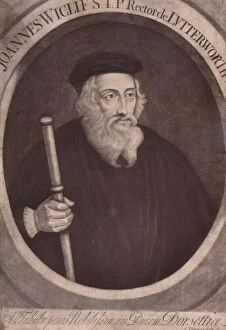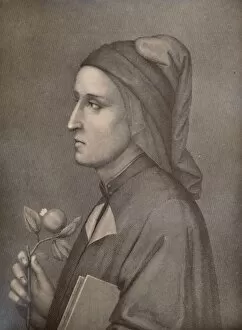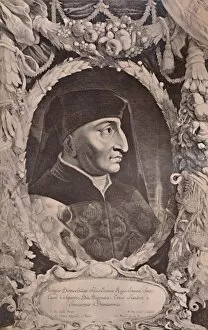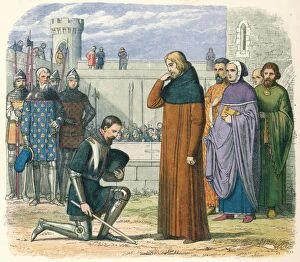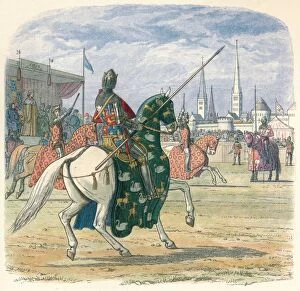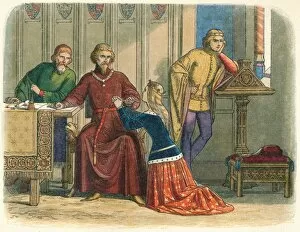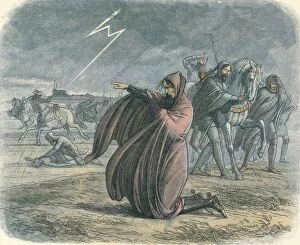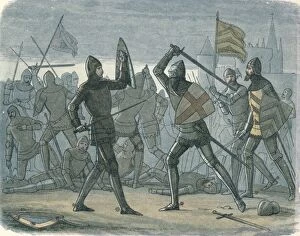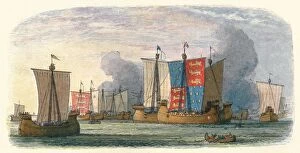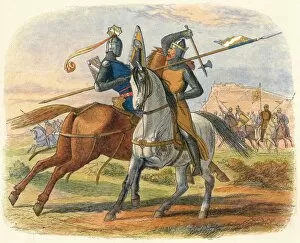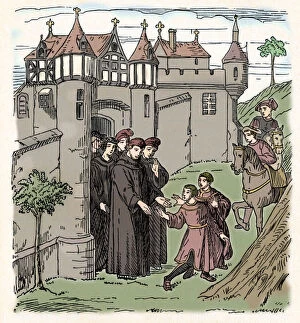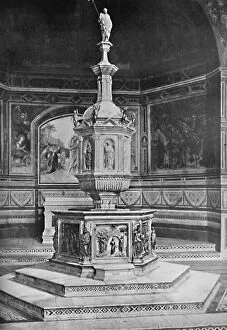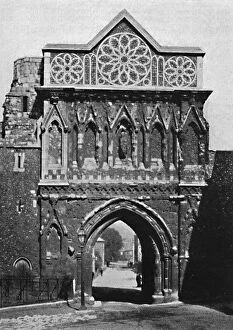14th Century Collection (page 100)
The 14th century was a time of great exploration and artistic innovation
For sale as Licensed Images
Choose your image, Select your licence and Download the media
The 14th century was a time of great exploration and artistic innovation. As Marco Polo embarked on his journey from Venice, the world awaited the discoveries he would make in far-off lands. The Catalan Atlas, created during this period, provided a glimpse into the medieval kingdoms of Spain and Portugal. Meanwhile, in Asia, Phra Mae Thorani's twisting hair unleashed torrents of water, symbolizing the power and unpredictability of nature. This tumultuous scene mirrored the changing political landscape as Angevin kings held territories both in France and Britain. In Europe, artists like Sandro Botticelli captured the essence of springtime in their paintings such as "Primavera. " These masterpieces transported viewers to idyllic landscapes filled with vibrant colors and blooming flowers. Closer to home in England's Derbyshire county stood the iconic Crooked Spire Church overlooking a charming town. Its unique architecture served as a reminder of centuries-old traditions that endured through time. Literature also flourished during this era with tales like "Gawain and the Green Knight" captivating audiences. Sir Gawain faced temptation from Lady Bercilak but ultimately triumphed by beheading his adversary—a testament to chivalry and honor prevailing over darkness. Even religious texts were beautifully illustrated during this period; an exquisite manuscript leaf depicting Nehemias' book showcased French craftsmanship at its finest. As we reflect on these diverse aspects of 14th-century life—exploration, artistry, literature—we gain insight into a world that laid foundations for our modern society while cherishing its rich cultural heritage.

